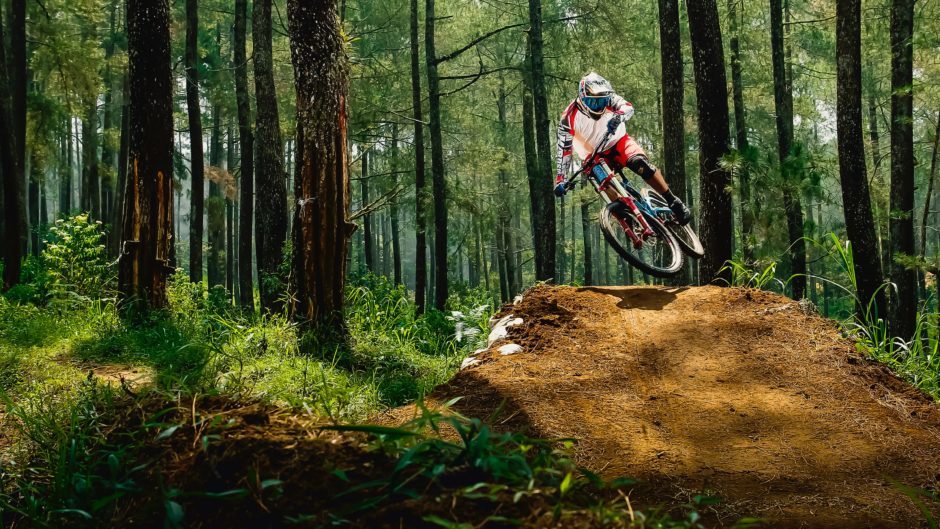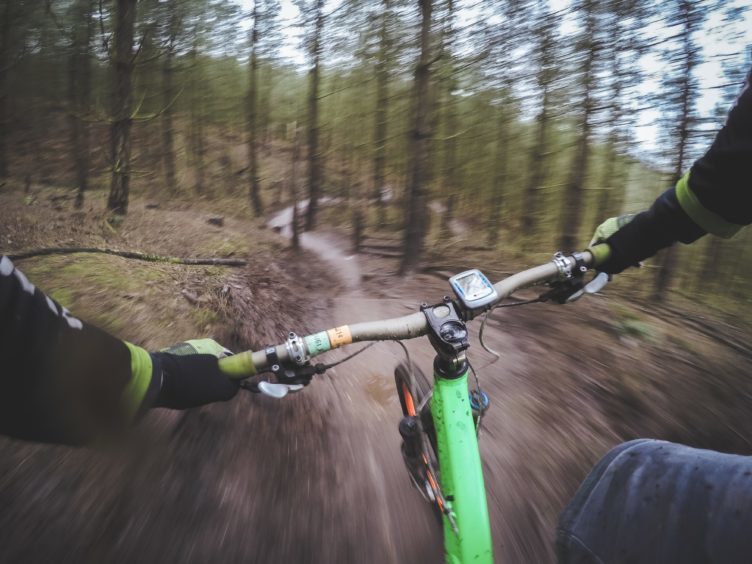One aspect I consider when writing this column each week is that many readers will not necessarily be au fait with cycling terminology, so I aim to clarify any potential confusing words and phrases with a short explanation.
I don’t just mean technical terms and details such as gear ratios and such like, or even officially recognised words (often French or Italian) like maillot-jaune (the yellow jersey of the Tour de France race leader).
Cycling also has a jargon of its own that to regular riders is often common parlance, but to a non-cyclist may just sound like nonsense.
Take for example “chapeau”, another French word that literally means hat, but is often given as a term of respect to a rider who has just displayed some sort of prowess on a bike, for example: “Chapeau! That was a steep and long climb you’ve just cycled up”. It is like the tipping of a cap as a mark of respect for a ride well done.
A lot of these idioms have meanings that are metaphorically descriptive, but again to a non-cyclist may be confusing: “I was at the back of the race when all of a sudden the ‘elastic snapped’ and I didn’t see the race again”. Despite sounding like the elastic in my shorts failing and causing a potentially embarrassing situation, what this actually refers to is a rider hanging on for dear life at the back of a bunch of racing cyclists. As their exhaustion increases so does the gap between them and the bunch of cyclists until a stretching point is reached where “the elastic snaps” and they can’t get back on the tail end of the bunch and they hang their head as the bunch disappears up ahead of them.
This situation is often caused by riders at the front of the “chain gang” (a group of riders working “through and off”, taking turns at the front, to push the tempo of a training ride) “putting the hammer down” and increasing the speed at the front of the group.
At times a rider’s exhaustion is caused by “bonking”. When someone tells you they have bonked it is usually followed by childish sniggers in the group, but everyone there will have experienced that empty feeling where a lack of food mixed with extreme effort causes hypoglycaemia – this state of very low blood glucose levels is also known as “hitting the wall”.
Such phrases are not just confined to road cyclists; mountain biking perhaps has an even bigger vocabulary with many of the techniques used in riding each having its own particular name. Bunny-hops, endos, hucks and pumping are just a few of those, and put together on a “dope” trail, can lead to a “sick” ride.
Newbies to cycling can sometimes find it hard to navigate their way through such a language. Those new to cycling are often easy to spot from their “chain-ring tattoo”, an oily mark on the inside of their right leg where the chainring sprocket has touched their leg and left a black mark.
It is not uncommon to hear riders try to use terms they have heard, but not quite get them right. One famous example of this was when cycling commentator Ned Boulting started his first year of commentating at the Tour de France. Live on air he managed to refer to the yellow jersey of the race leader as the “yellow jumper”. Not able to live such a gaff down, he decided to embrace his error and actually wrote a book of his first year commentating in cycling and called it “How I Won the Yellow Jumper”.
Join the Blazing Saddles Strava Club at: www.strava.com/clubs/BlazingSaddlesWeekendCourier
Where to ride: Pedal for Scotland
Start/ finish: Glasgow Green to Ingliston Edinburgh
When: Sunday September 9
Details: Pedal for Scotland is Scotland’s biggest mass participation cycle and is ideal for seasoned riders, to those who have cycled for many years and even the youngest of riders.
There are three routes to choose from:
The Classic – 45 miles on closed roads
The Big Belter – 100 miles on quiet, but challenging roads
The Wee Jaunt – 10 miles on closed roads
I completed this with my family last year and it’s a great opportunity to cycle on closed roads with the whole family with thousands of others of all ages.
Sign up at
https://www.cycling.scot/pedal-for-scotland













